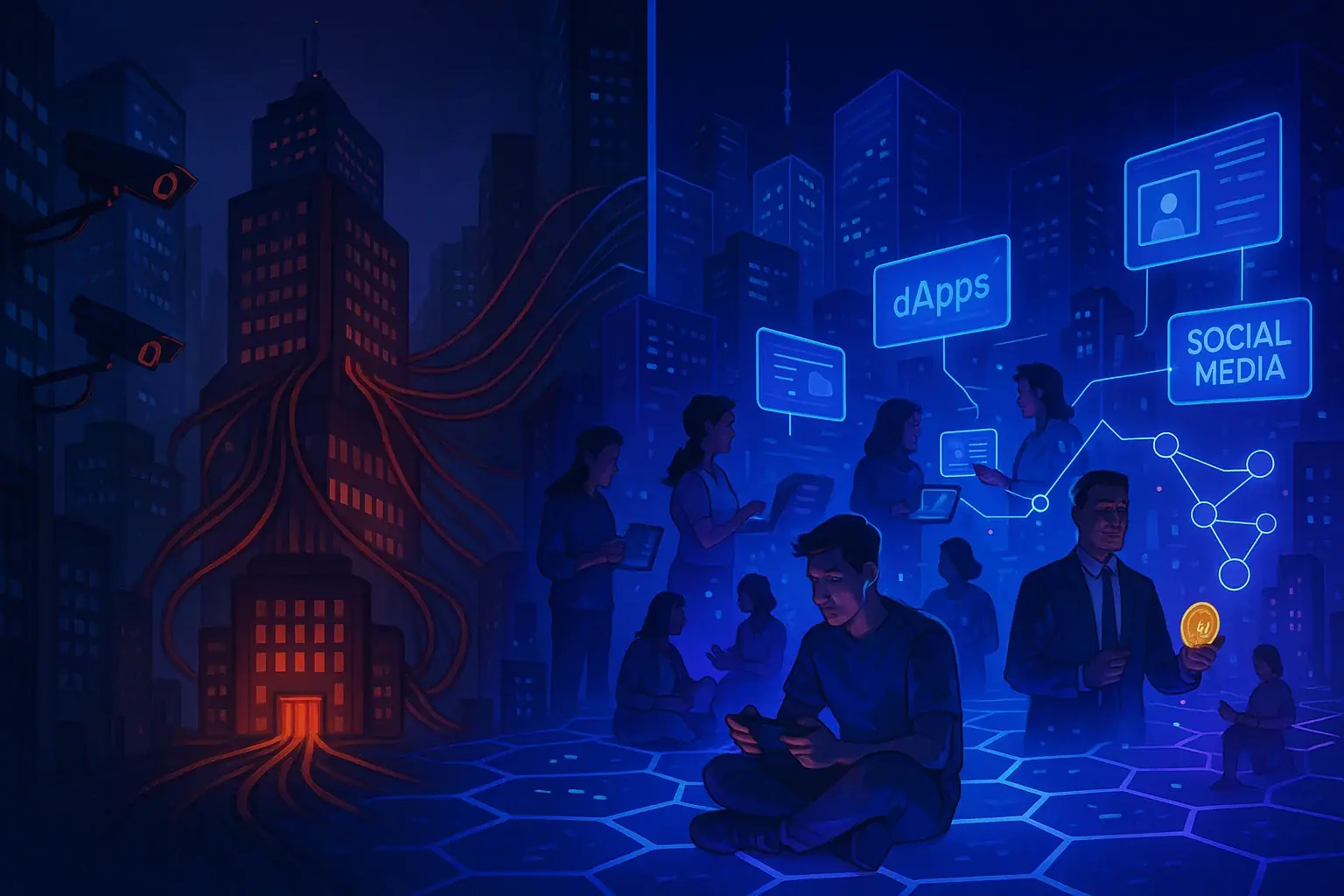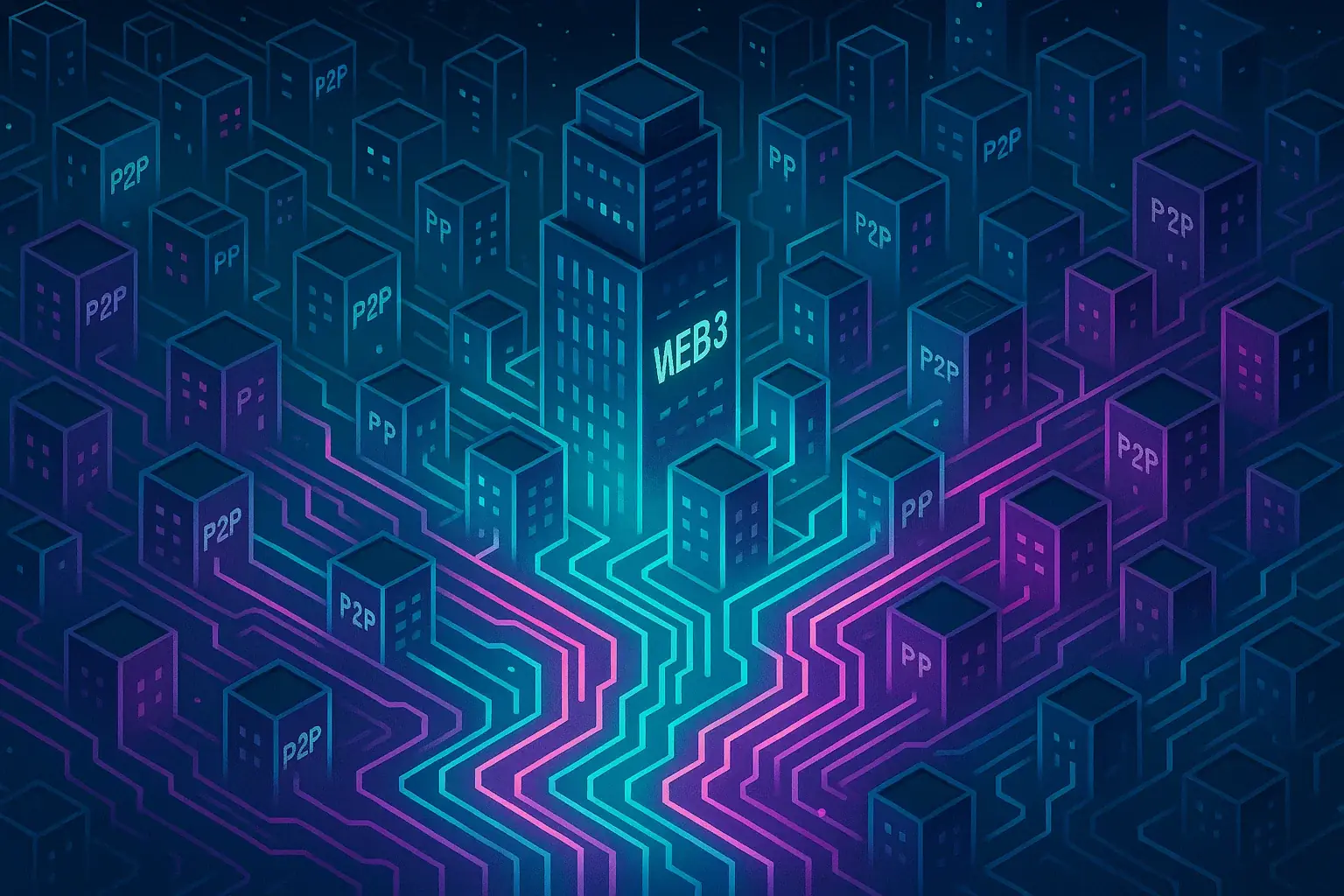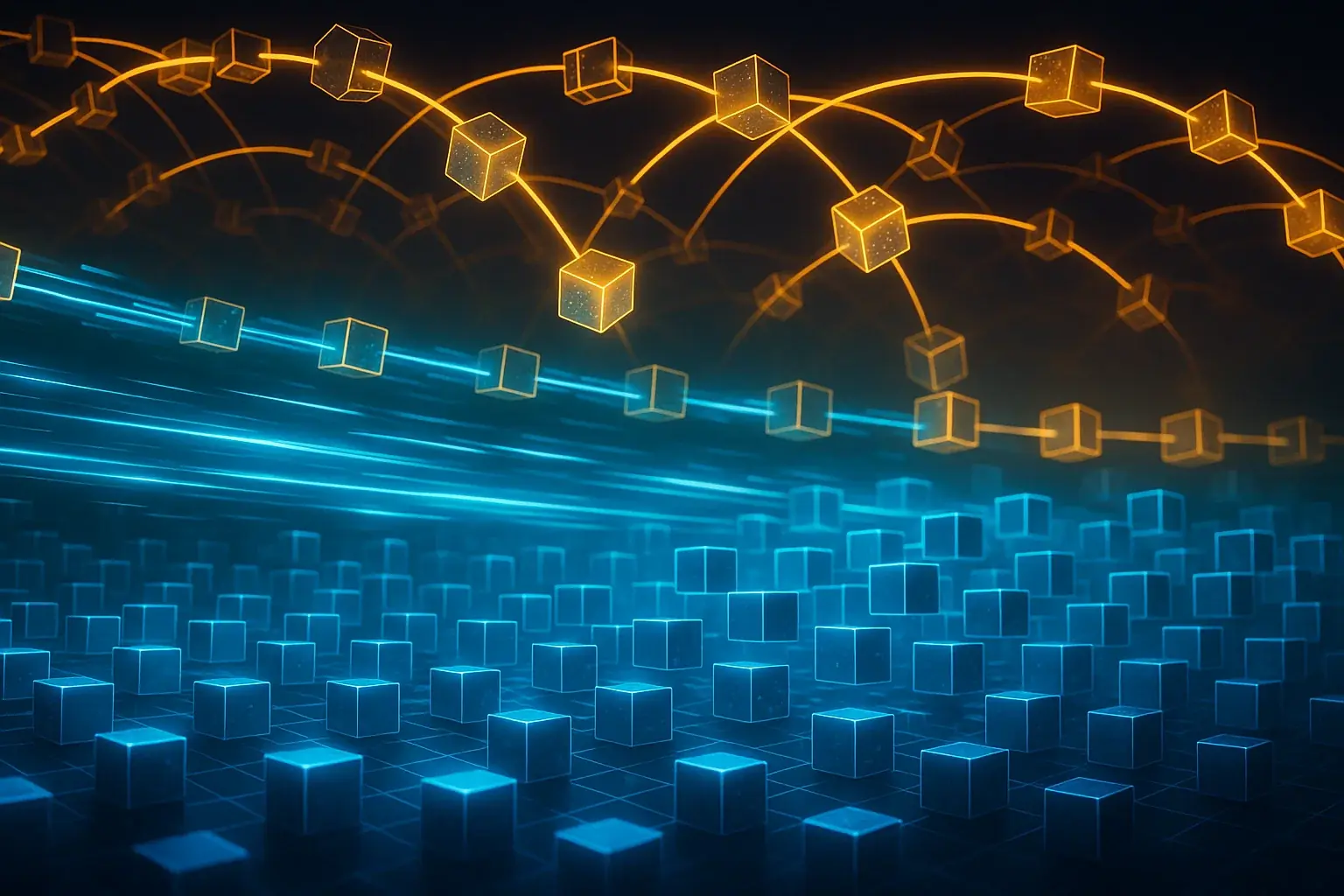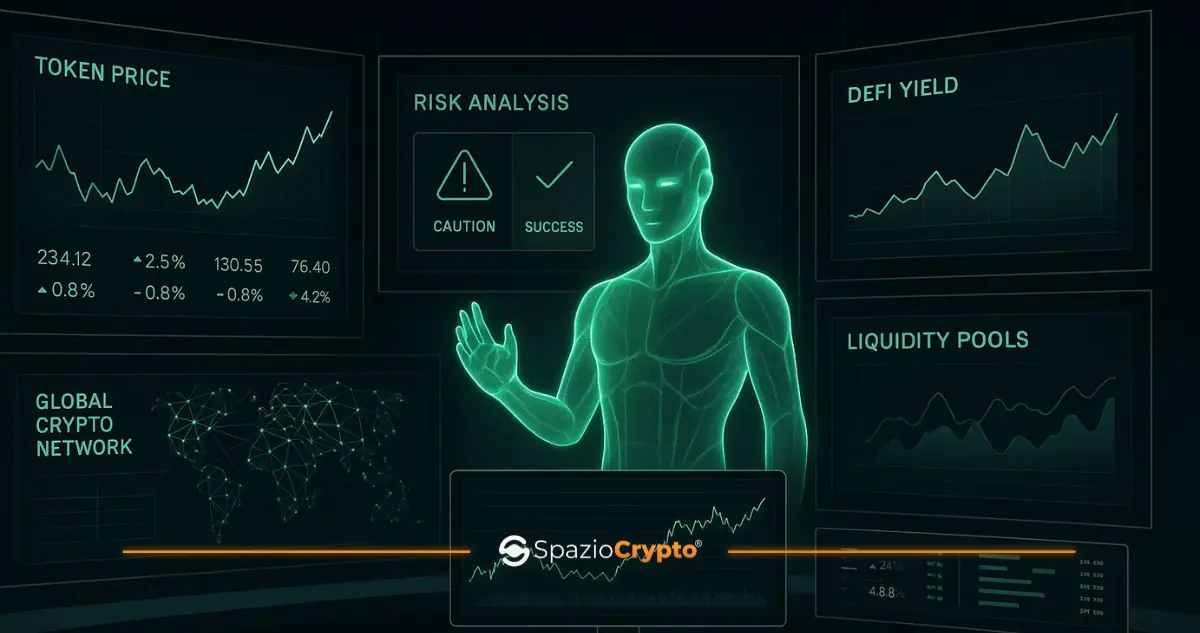We've all been there: we open the Uber app to call a car and check X (formerly Twitter) to update our feed.
You probably also open the bank app to check your balance, pay your bills or order food from your favourite restaurant. In short, the digital world we live in today is largely controlled by applications managed by central authorities.
Decentralised applications (or 'dApps') are software programmes that run on a blockchain or peer-to-peer (P2P) network, without being subject to a central authority.
If this sounds like a dream for those tired of authoritarianism and censorship, you are not alone. Developers, programmers, and blockchain enthusiasts around the world are creating dApps to replace functions historically monopolised by banks, airlines, and large corporations.
The dApps are often built on platforms such as Ethereum and can act as cryptocurrency wallets, decentralised exchanges, or offer services for gaming, personal finance, and social media. Let's see how they work and what advantages and limitations they have.
What are dApps?
Decentralised apps are software whose servers are not controlled by a single entity, but operate on many nodes in a P2P or blockchain network. In these apps, it is the users who are in control, not companies or governments, offering resistance to censorship and greater privacy.
The Peer-to-Peer (P2P) network is a system in which each node has equal capacity and communicates directly with the others, without passing through a central server. File sharing and online gaming are common uses. In dApps, nodes operate on an equal basis. They can also use a blockchain, i.e. a public, open-source and decentralised ledger that cannot be manipulated by any single entity.
Smart Contracts in Short
Smart contracts are programmes that define agreements through code. Once created, the contract executes itself without the need for mutual trust. dApps are built precisely on these smart contracts and often support user anonymity thanks to blockchain protocols.
Why dApps Are Important
The most interesting features of dApps stem from decentralisation:
- Lower costs and efficiency: by eliminating intermediaries, costs are reduced and accessibility is increased. Users control their own funds, without banks.
- Security: blockchains use encryption and distributed consensus. Data cannot be changed and each user can verify it independently.
- Global accessibility: anyone with an internet connection can access digital services and resources.
- Transparency: all transactions are visible and verifiable on the blockchain, without the need to trust central entities.
Uses of dApps
DApps are designed to eliminate intermediaries and decentralise processes. Some examples include:
- Financial services (e.g. peer-to-peer exchange of currencies or assets)
- Supply chain traceability
- Identity verification (passports, voter registration)
- Direct real estate sales and documentation management
- Health care (medical records, secure communications)
- Decentralised education (direct connection between students and teachers)
- Censorship-resistant social media
- Decentralised predictive markets
DApps can also run in browsers, as plugins to show ads, track browsing habits or request donations in crypto.
DApp related scams
Some scams exploit dApps. Here are the main examples:
- Ponzi scheme: paying previous investors with funds from new ones
- FakeICOs: raising funds with non-existent dApps
- Phishing: sites or emails that imitate legitimate services
- Malware: dApps that hide viruses or malicious software
Users should be careful: the nature of dApps makes it difficult to trace scammers or block them.
Pro's and Cons of dApps
Advantages:
- Privacy protection: anonymous transactions via smart contract
- Hard censorship: no one can block content
- Flexible platform: rapid growth in different sectors (banking, gaming, social, etc.).)
Disadvantages:
- Experimental technology: difficult to scale on a large scale
- Complex interfaces: dApps are often not intuitive for the average user
- Code difficult to update: once saved on the blockchain, it is difficult to modify
- Security risks: less auditing than centralised apps → more bugs or vulnerabilities
Regulation of dApps
Decentralised nature makes regulation difficult. Traditional laws are based on geographic jurisdiction, which is difficult to enforce in a global distributed system.
Those providing dApps in Europe should comply with the GDPR, but it is not always clear how to do so. Some solutions such as European subnets (e.g. ICPs) try to help, but risk introducing centralisation.
Apps that issue tokens or make offers face regulations similar to financial securities. Those offering financial services (DEX, lending) have to comply with AML and KYC regulations.
Consumer protection is also a challenge: those who do not read contracts carefully risk losing their funds.
Famous examples of dApps
- CryptoKitties: game on blockchain where unique virtual cats are bred and sold. Each 'CryptoKitty' is a digital object registered on the blockchain. The value depends on rarity and the market.
- Uniswap
- : decentralised exchange protocol on Ethereum. It allows the direct exchange of tokens between users, without banks or brokers. It uses automated smart contracts and liquidity pools.
Conclusion
Decentralised applications (dApps) are software that run on blockchain or P2P networks, without central control. Although they are still in their infancy and have to overcome challenges such as scalability, dApps have the potential to revolutionise entire industries, eliminating middlemen and giving users back control.








